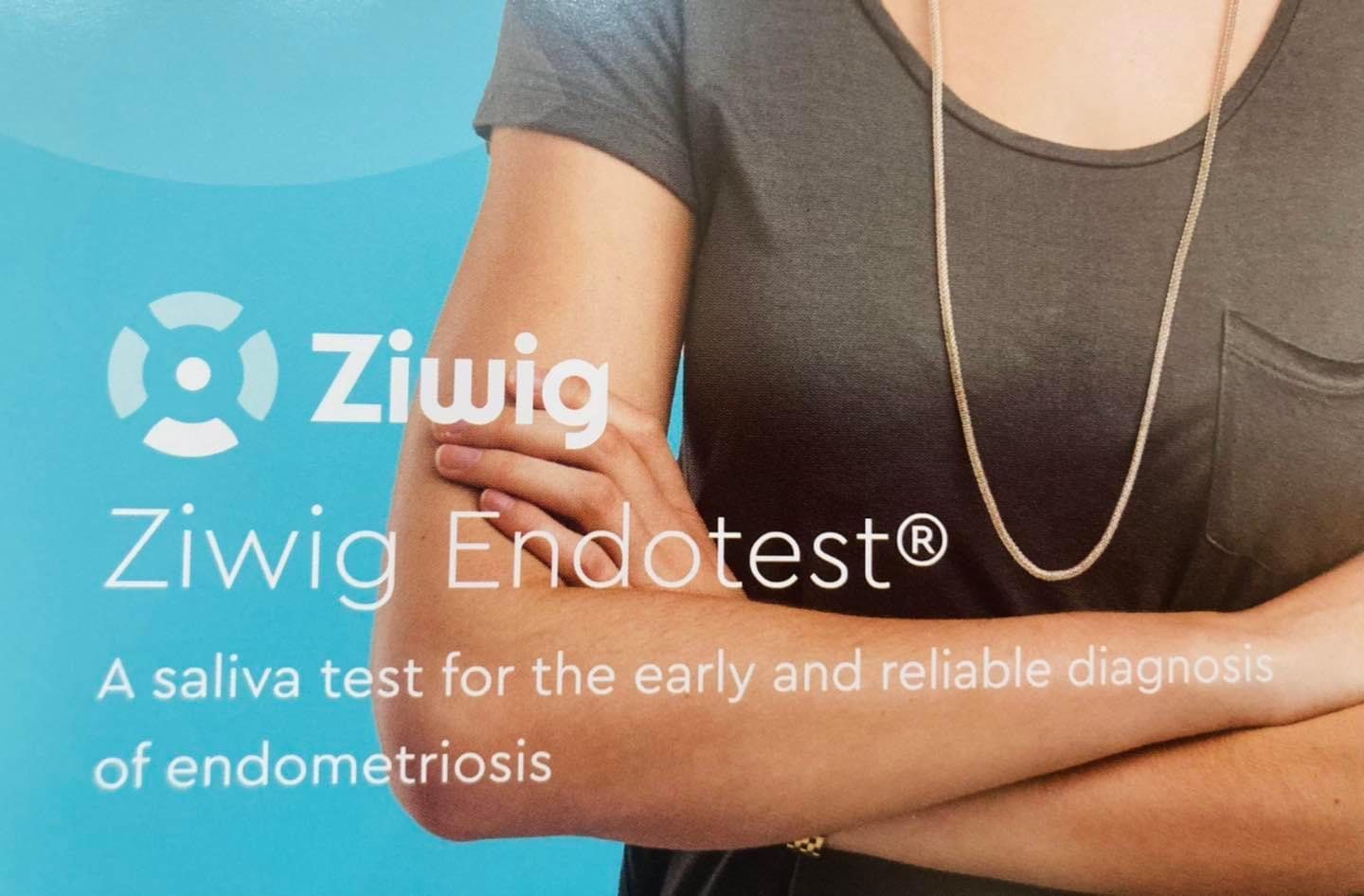All Rights Reserved | EUROGENETIC
EUROGENETIC
ENDOMETRIOSIS is a pathology characterized by the presence of endometrial-like tissue (the mucosa that
(normally it lines only the uterine cavity) outside the uterus, in various organs such as
ovaries, tubes, rectum, intestines, vagina and bladder.
During menstruation, these pieces of tissue can react to hormonal changes, causing a
inflammatory process that causes bleeding, severe pain, and the formation of symptomatic lesions.
The pathology can also present itself in an asymptomatic form and is often diagnosed only during
checks performed by women following difficulties in conceiving.
This eventuality occurs in confirmation of the
the fact that a significant percentage (30-50%) of patients affected by endometriosis also suffer from infertility.
In Italy, endometriosis affects approximately 10-15% of women of reproductive age (approximately 3 million women).
Generally, the pathology appears between the ages of 25 and 35, but it can appear as early as adolescence.
The most significant problem in endometriosis (which is part of the so-called invisible pathologies) is the diagnostic delay.
Most women suffering from endometriosis have had to face a long and stressful journey, often with serious psychological repercussions, before receiving a correct diagnosis.
A recent Italian study1 estimated an average delay of about 11 years between the onset of the first symptoms
symptoms and diagnosis of endometriosis, with a peak reaching around 15 years of age for those patients whose
symptoms appear before age 20.
During this period, women suffering from endometriosis
undergo all kinds of analyses and tests before receiving a correct diagnosis, chronicity and
to the evolution of the disease.
Since endometriosis is a complex pathology, often with a diffuse and peritoneal location, in some cases it is
a diagnosis can only be made following surgical diagnostic procedures.
The investigation is currently underway
Laparoscopic surgery represents the gold standard for the diagnosis of peritoneal endometriosis and for differential diagnoses.
However, it is an invasive examination performed under general anesthesia and, as with any other examination, involves
surgical procedure, potential intra- or post-operative complications.
This is why in the last decade research has invested huge resources and energy in developing a test
non-invasive diagnostic test that allows for a sensitive and specific diagnosis of the disease.

Endotest® is an innovative and advanced non-invasive genetic test based on the sequencing of salivary micro-RNAs which, through the collection of a salivary sample, allows the timely diagnosis of all types of endometriosis (from superficial to deep forms, even in complex cases of so-called "discordant" patients, i.e. women with pain indicative of endometriosis but with normal clinical examination and pelvic imaging) with a performance comparable to that of conventional techniques 2-6
(sensitivity 96.2%, specificity 95.11%).
Endotest® represents a major innovation for the diagnosis of endometriosis.
By collecting a simple saliva sample, in a completely non-invasive way, the average time needed to reach a diagnosis can be reduced from several years to a few days.
Saliva has proven to be a perfect biological sample for this purpose, as it offers a high concentration of micro-RNA and excellent stability conditions, even in the case of long-term storage of the sample.
Furthermore, saliva sampling is non-invasive and can be performed anywhere.
Endotest® is therefore proposed as a valid tool to drastically reduce the diagnosis and treatment times of the disease, determining an improvement in fertility and in the quality of life of patients.
Endotest® is a test with CE-IVD marking.
The easy way to start



